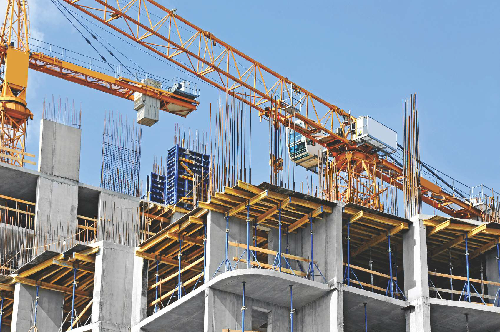CONSTRUCTION MARKET IN THE UNITED STATES
 Author: STC
Author: STC
Article Date: 01.01.2016
After suffering for a number of years, it looks like the residential building market in the United States has finally picked up again. According to some market analysts there is good reason to expect a new "boom" in this sector.
After the long recession, there are currently a high number of youngsters between the ages of 20-25 that should generate a solid demand for new houses. Because of the recession, the number of youngsters that have either remained under their parents' roof, or gone back to living with their parents, had increased. In fact, almost one third of youngsters in the 18-34 age bracket currently live with their parents. The percentage has risen from 27% in 2004 to 31% in 2013 and now, thanks to an improvement in the economy, the forecast is for this percentage to fall slowly back to the levels registered between 1990 and 2004.
Lastly, the number of new families that have been formed has risen considerably over the past few months and this should lead to an increase in demand for new homes.
Housing states refer to the number of new residential construction projects that have begun during any particular month, including structures being totally rebuilt on an existing foundation.
In the first months of 2015 housing states have continued to increase. In March 2015, the number of building permit issued were at an annual seasonal rate of almost 1.04 million, a drop of 5.7% compared with the previous month but an increase of 2.9% compared with the same period in 2014. In July building permits totaled 1.13 million units while in September 2015 they were at a seasonally adjusted annual rate of 1,103,000, which was 4.7% higher than September 2014.
Considering the recent developments on the United States market, forecasts for the consumption of ceramic tiles in 2015 indicate an increase of 10-15%. Tiles account for 12-13% of the market in economic terms, but if laying costs are included the percentage increases to 30%.
In 2013, consumption in the United States in terms of square meters increased by 12%. On the other hand, 2014 was relatively stable. After speaking with various tile outlets, however, it would seem that 2014 was not such a negative year. This could be explained by the fact that we must make a distinction between "apparent consumption", that is, products sold to stockists for which data is available, and the "real consumption", or the products sold to end users for which no reliable data is available.